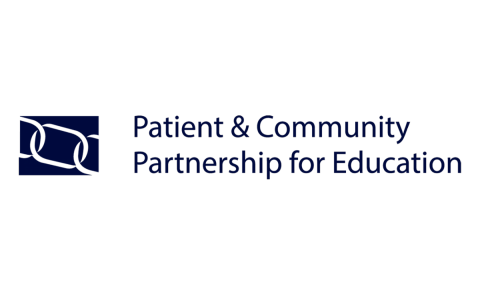PCPE

Work with Us
Contact us to request patient and community educators.
Examples of patient/community roles in health professional education:
Patients involved in creating learning materials used by faculty (e.g. paper-based or electronic case or scenario; course materials; videos).
Examples: real patient problems as basis for case-based learning; virtual patient cases (may involve vodeo of patient); use of patient narratives.
Volunteer patient in a clinical setting.
Examples: standardized patients widely used to teach and assess communication and clinical skills; clinical teachers may encourage volunteer patients to teach and give feedback; students write up patients' stories.
Patient shares his/her experience with student within a faculty-directed curriculum.
Examples: patients invited into the classroom to share experiences of chronic illness, disability etc; community-based patient / family attachment programs; senior mentor programs.
Patient-teacher(s) are involved in teaching or evaluating students.
Examples: Teaching associates trained to teach and assess specific clinical skills (e.g. pelvic or breast exam); parents give feedback to students on communication skills.
Patient-teacher(s) as equal partners in student education, evaluation and curriculum development.
Examples: patient educators involved in multiple programme areas. Patient educators collaborate in educational decision making (e.g. curriculum objectives, assessment criteria).
Patients involved at institutional level in addition to sustained involvement as patient-teacher(s) in education, evaluation and curriculum development.
Examples: Patients given a formal position in the institution (e.g. Consumer Academic). Patients involved in institutional decision making (e.g. student selection, reviewing funding applications).